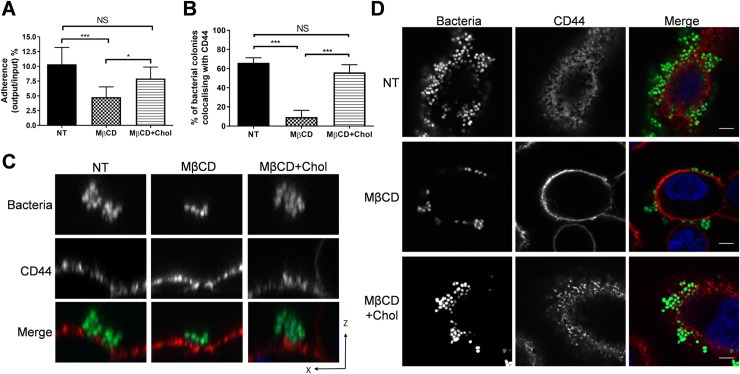Fig 2. N. cinerea requires a cholesterol-rich plasma membrane for an efficient host-cell colonisation.
(A) Epithelial cells were treated with MβCD or MβCD and cholesterol (MβCD+Chol) then infected for 3 h. Adhesion of N. cinerea was reduced in the presence of MβCD and restored to wild-type levels with addition of cholesterol. (B) Frequency of CD44 co-localisation in honeycomb-like structures with adherent N. cinerea in the presence of MβCD or MβCD+Chol was compared to non-treated cells (NT). (C) XZ-section images of microcolonies attached to host cells were acquired by confocal microscopy. CD44 was stained with anti-CD44 (red) and cell-associated bacteria are in green. (D) CD44 localisation (red) in cells treated with MβCD or MβCD+Chol and infected for 3 h with N. cinerea expressing GFP (green) at an MOI of 100. DNA was stained with DAPI (shown blue in merge). Scale bar, 10 μm. Data shown are the mean ± SD of three independent experiments: NS, not significant; *p <0.05; ***p<0.0005 using one-way ANOVA test for multiple comparison.

